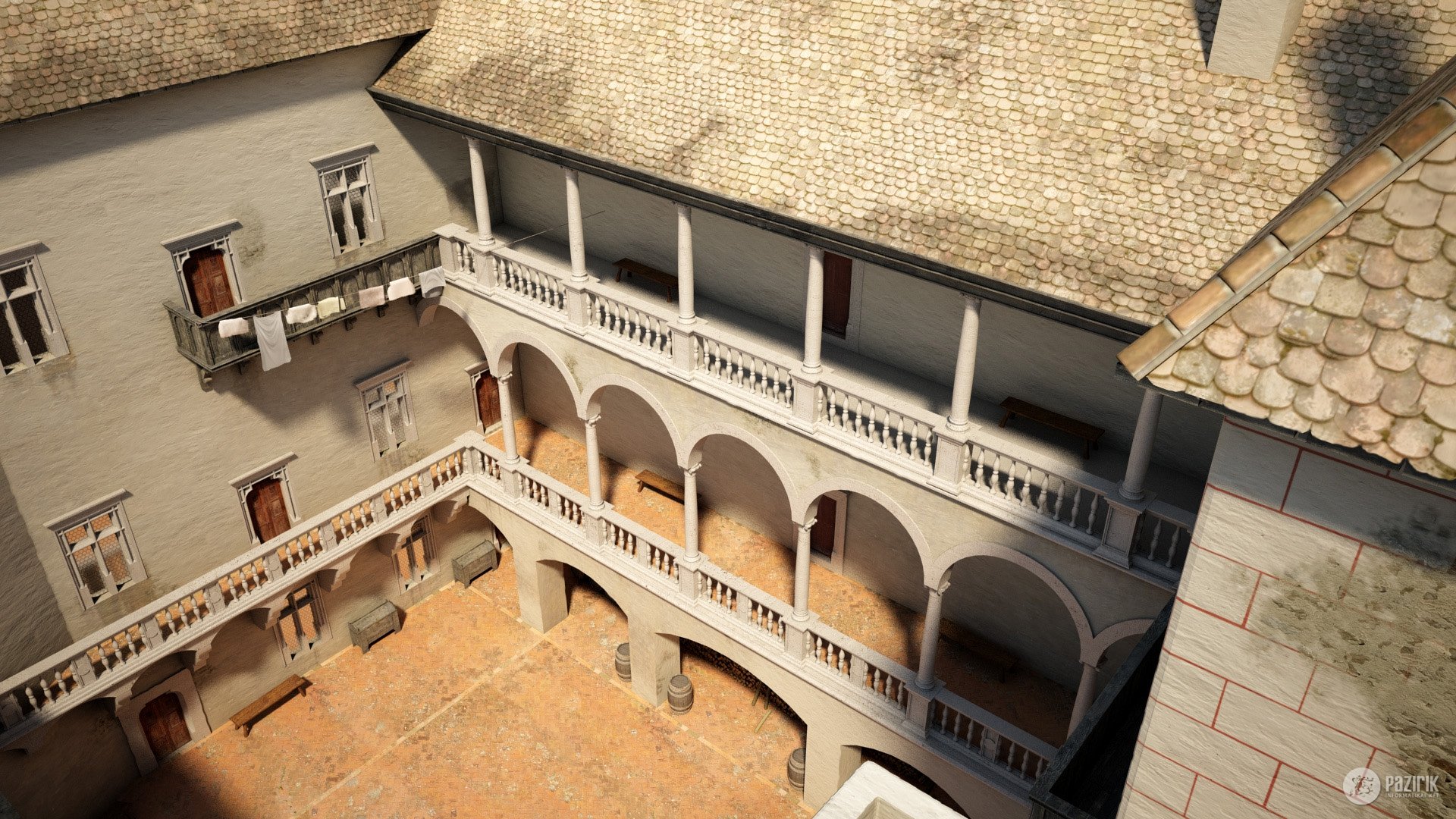
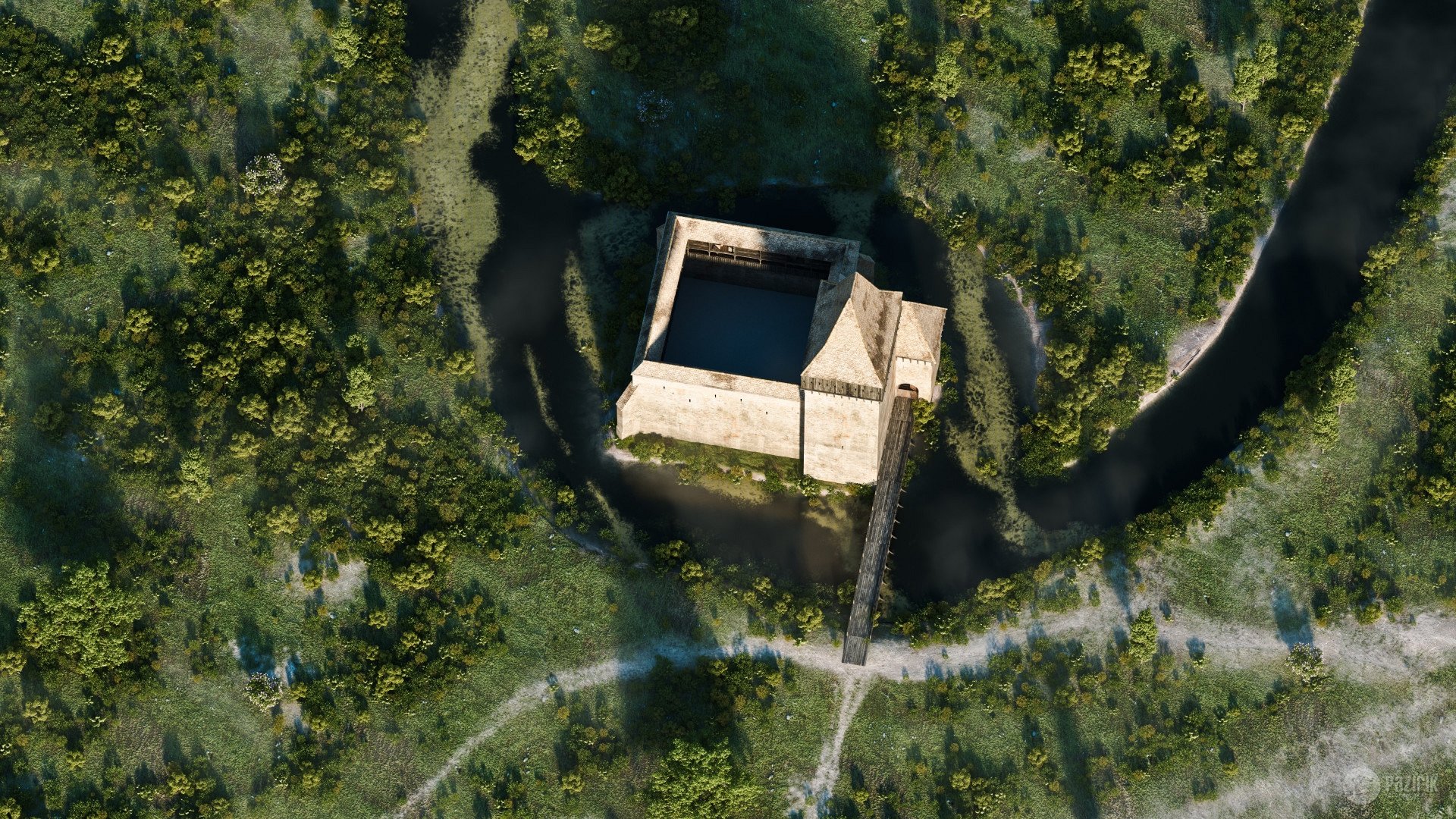

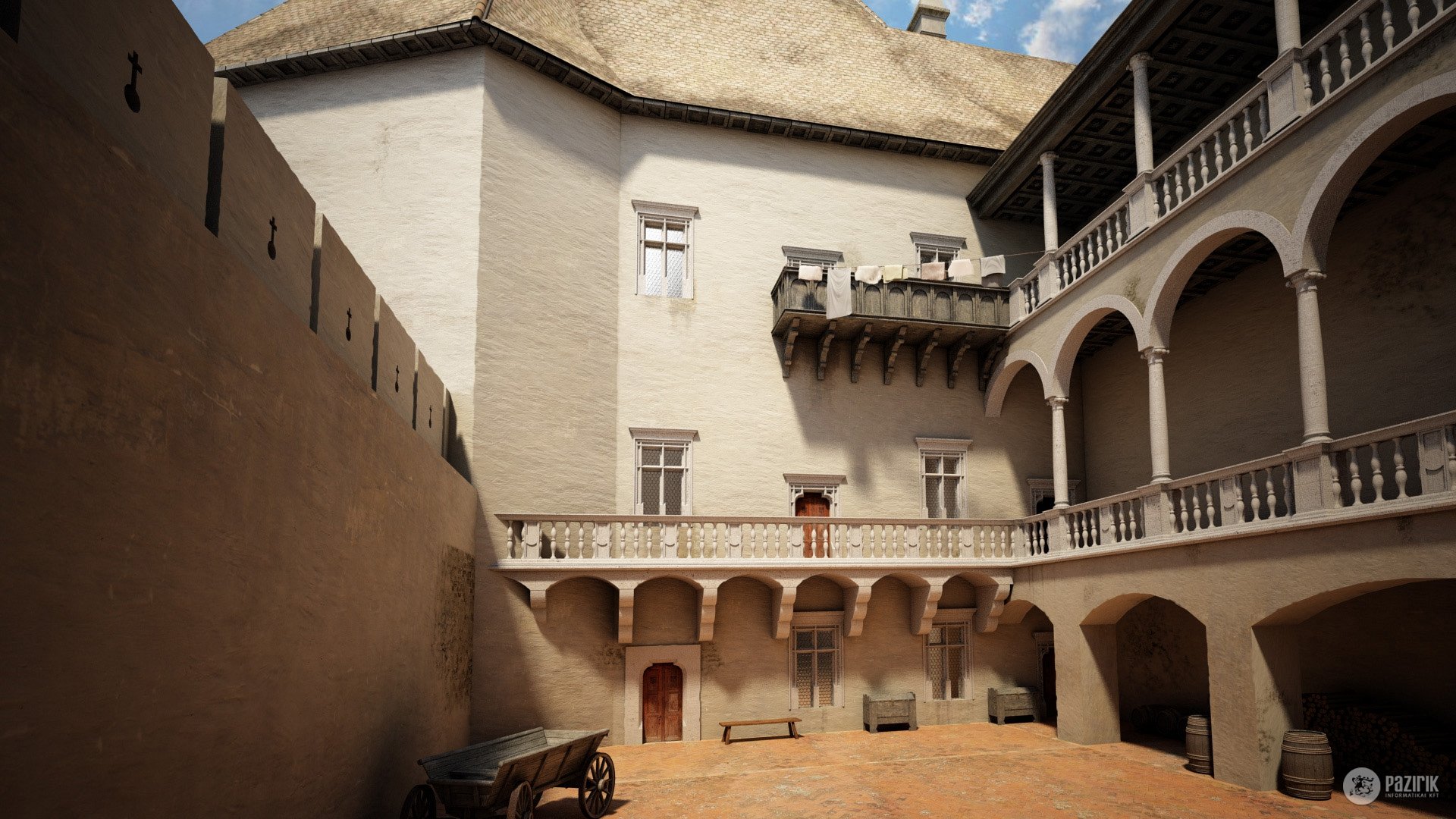
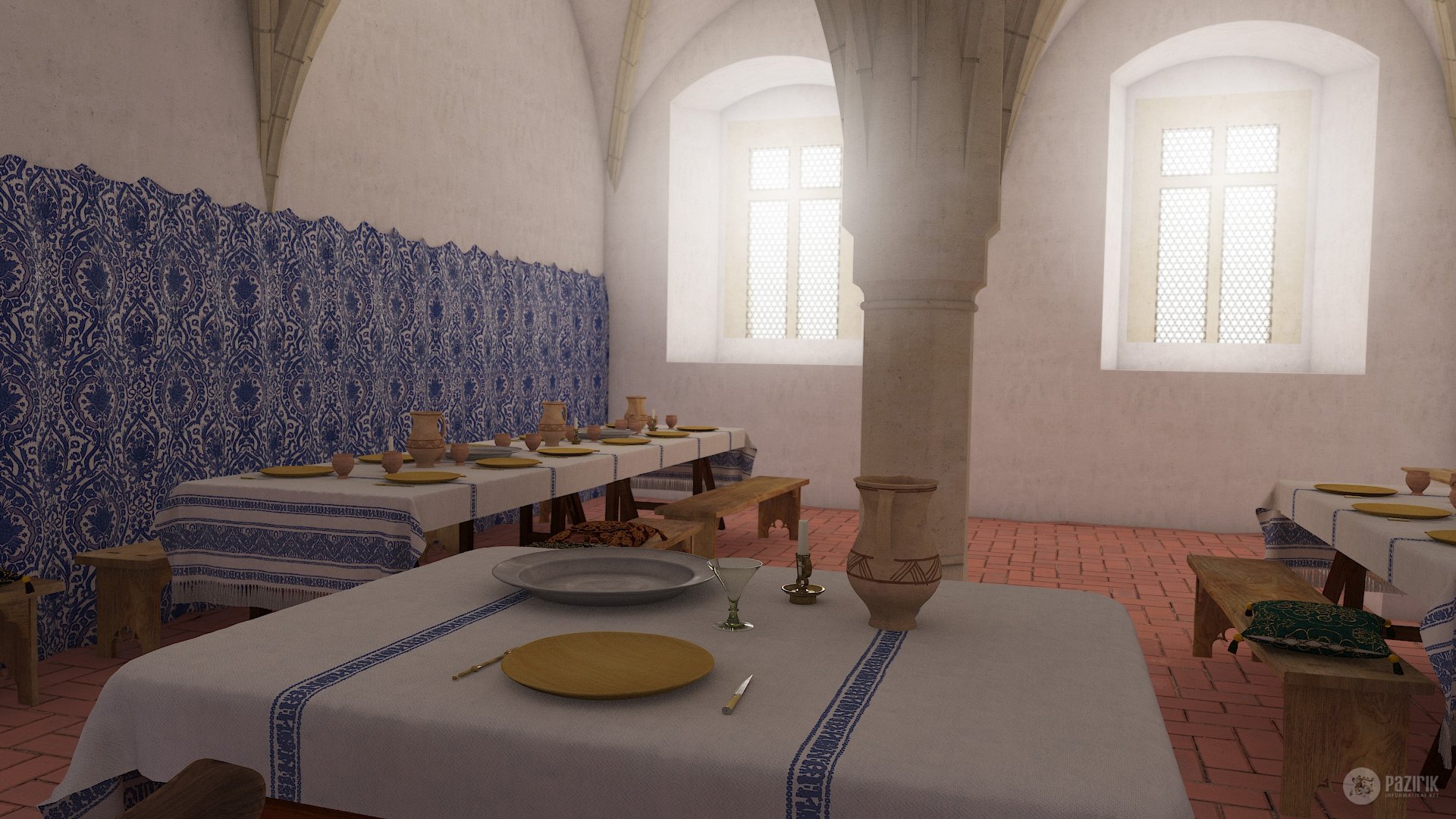
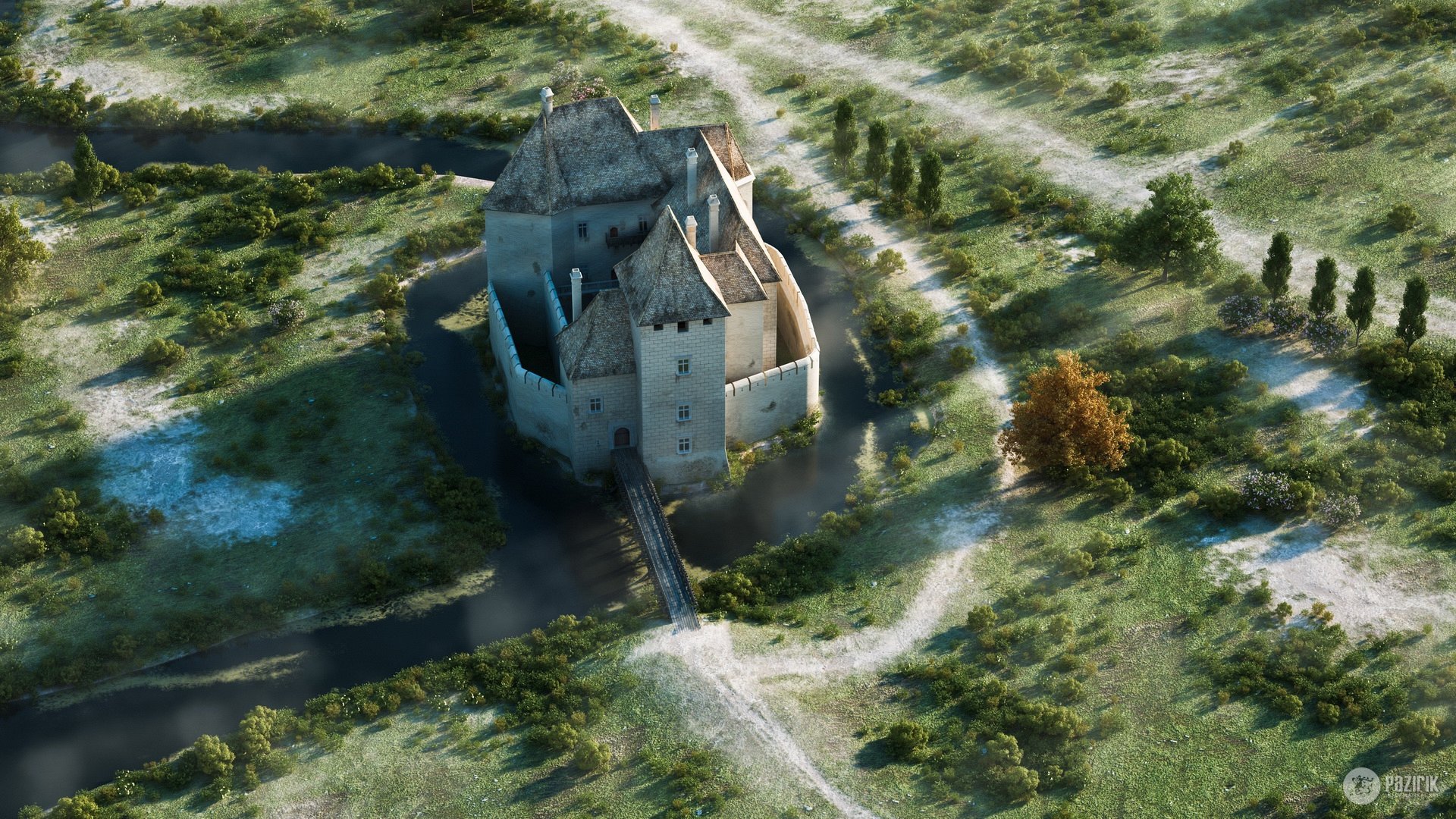
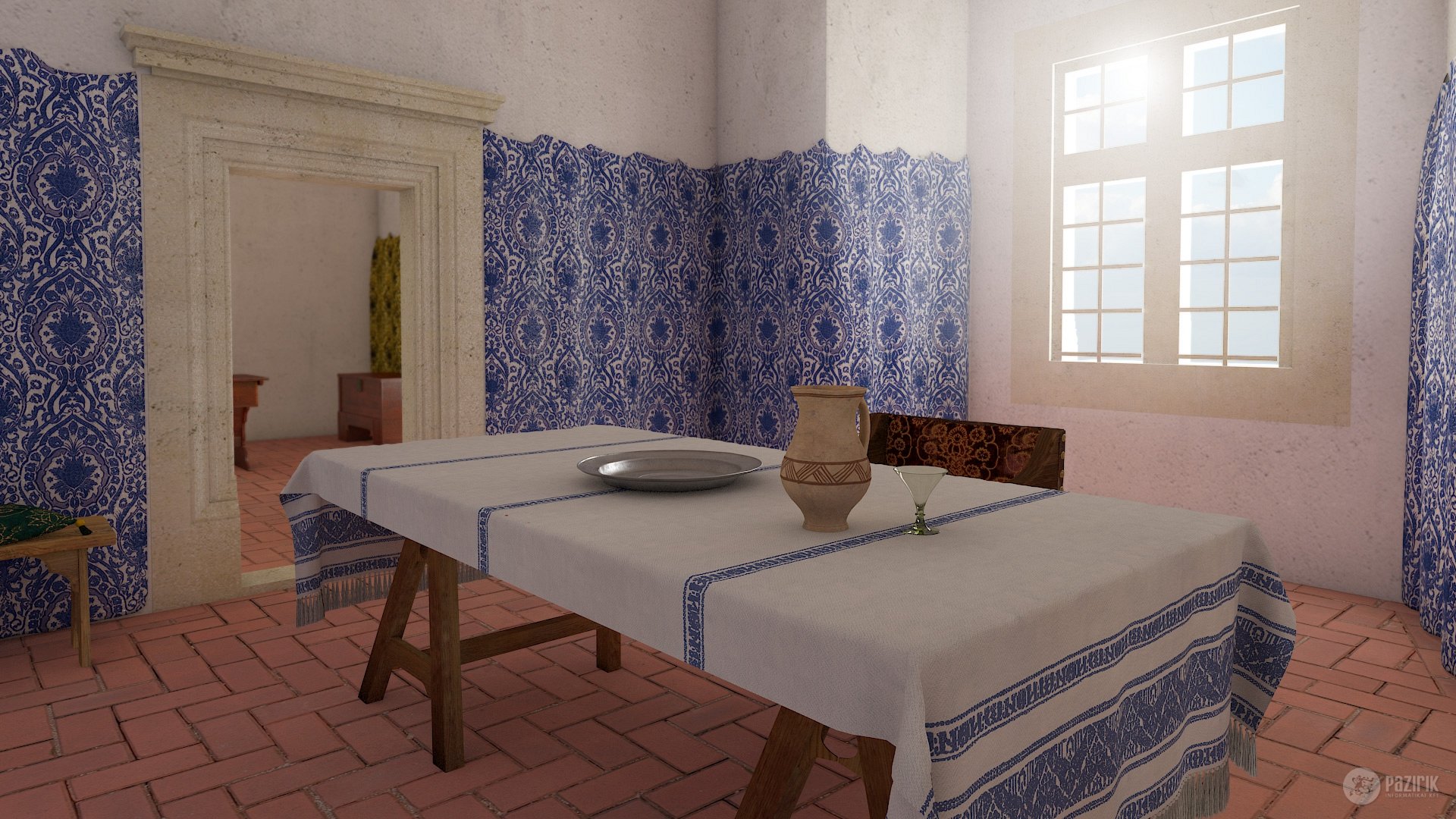
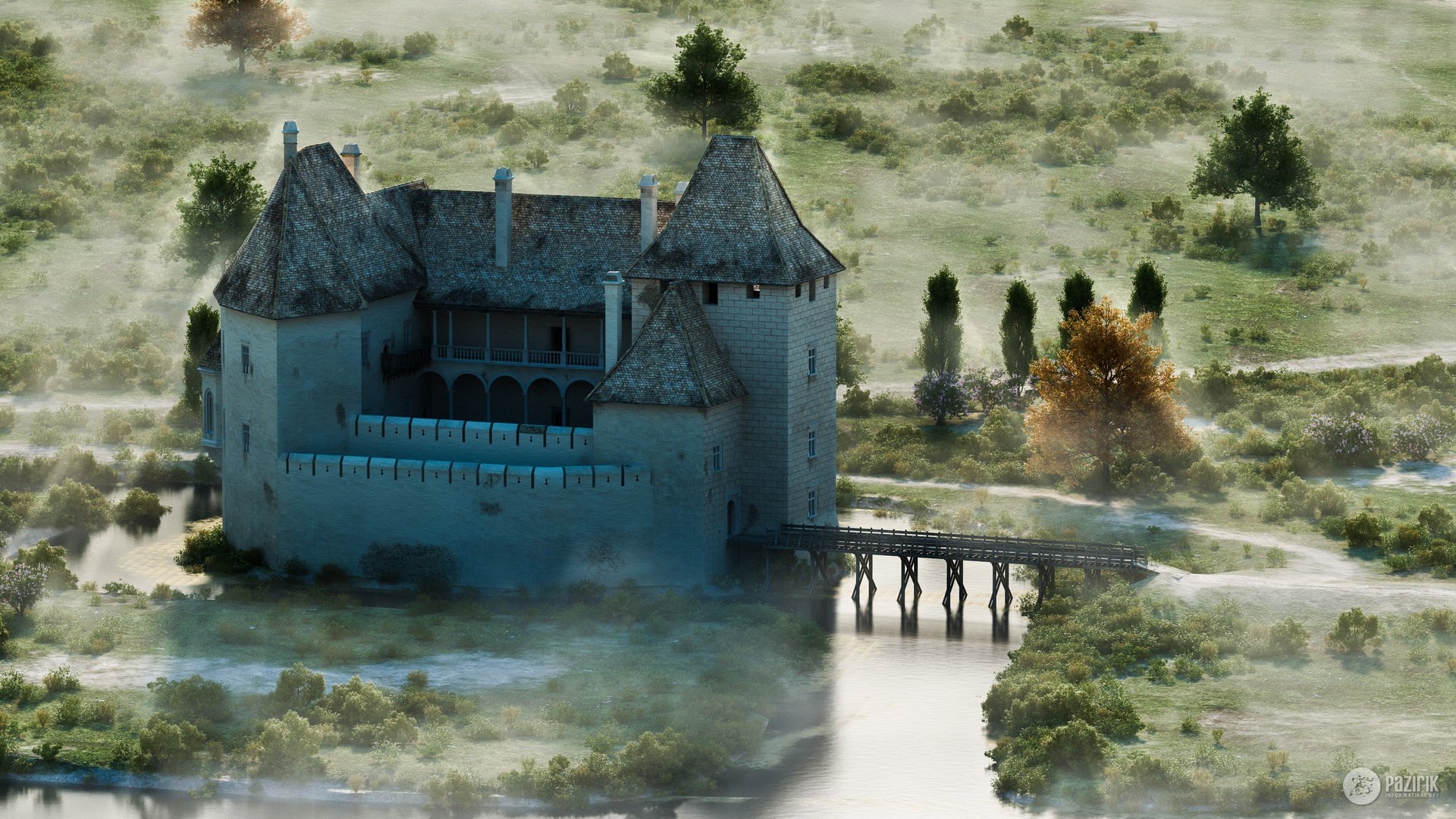
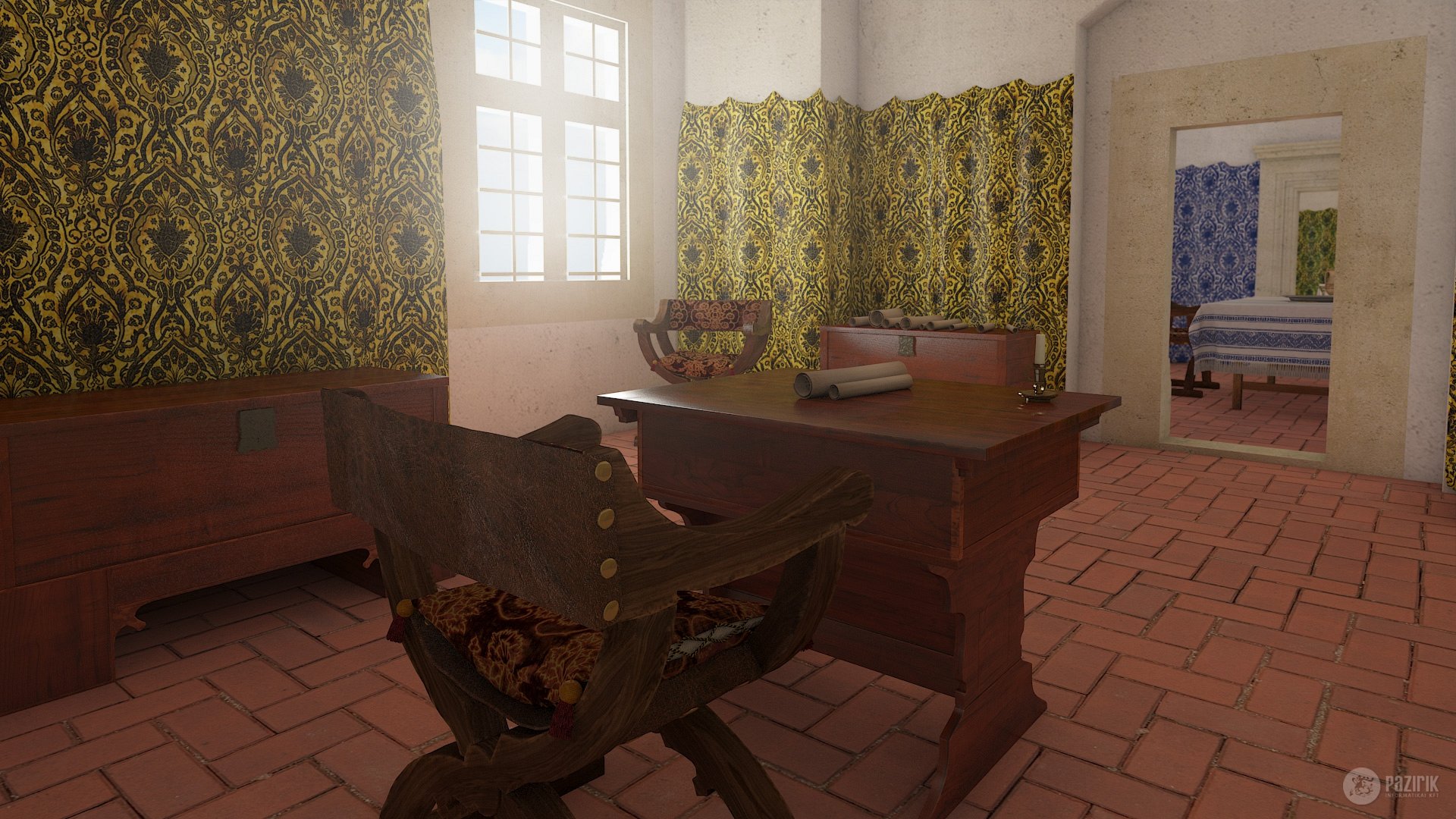
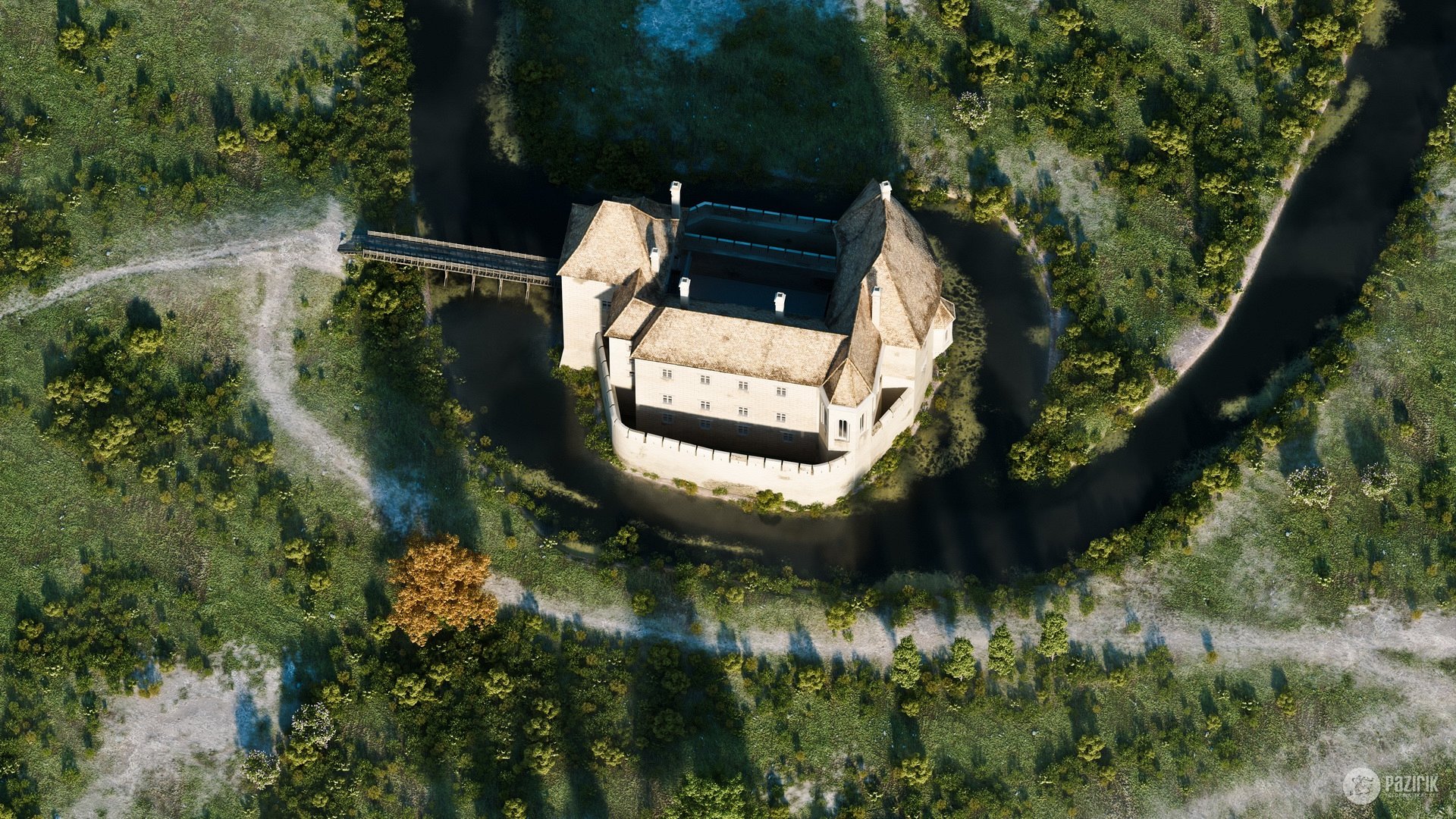
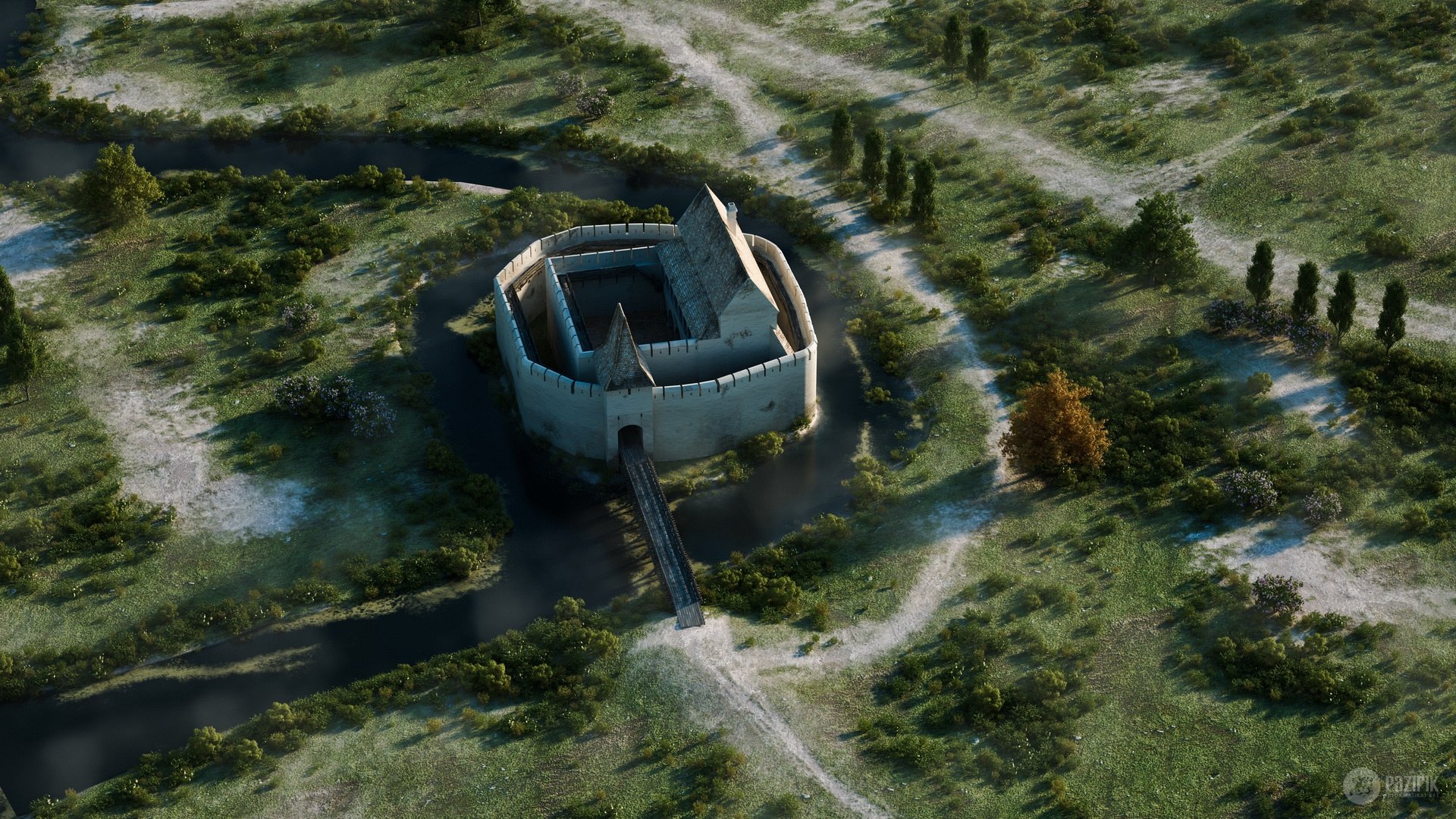
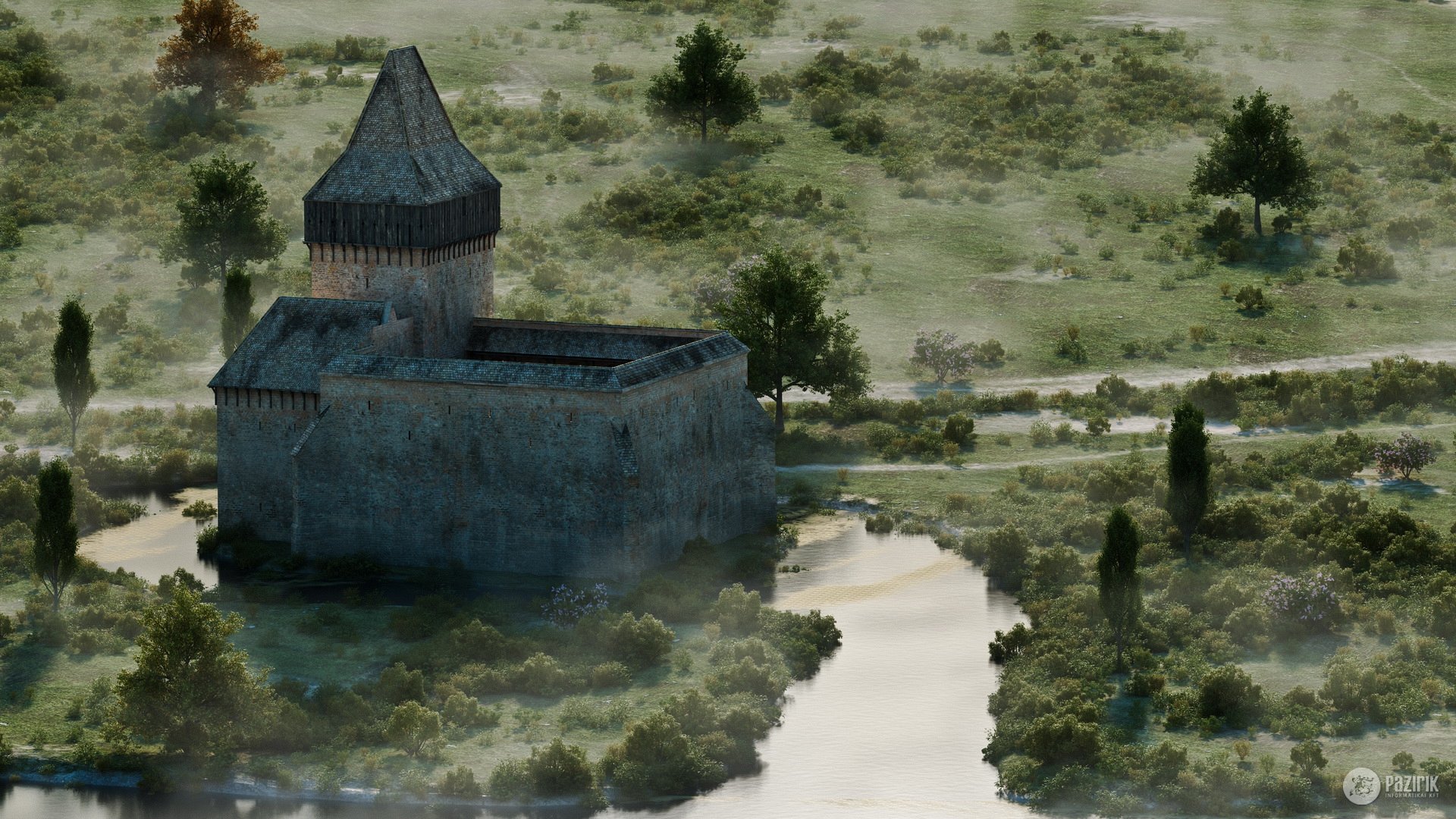
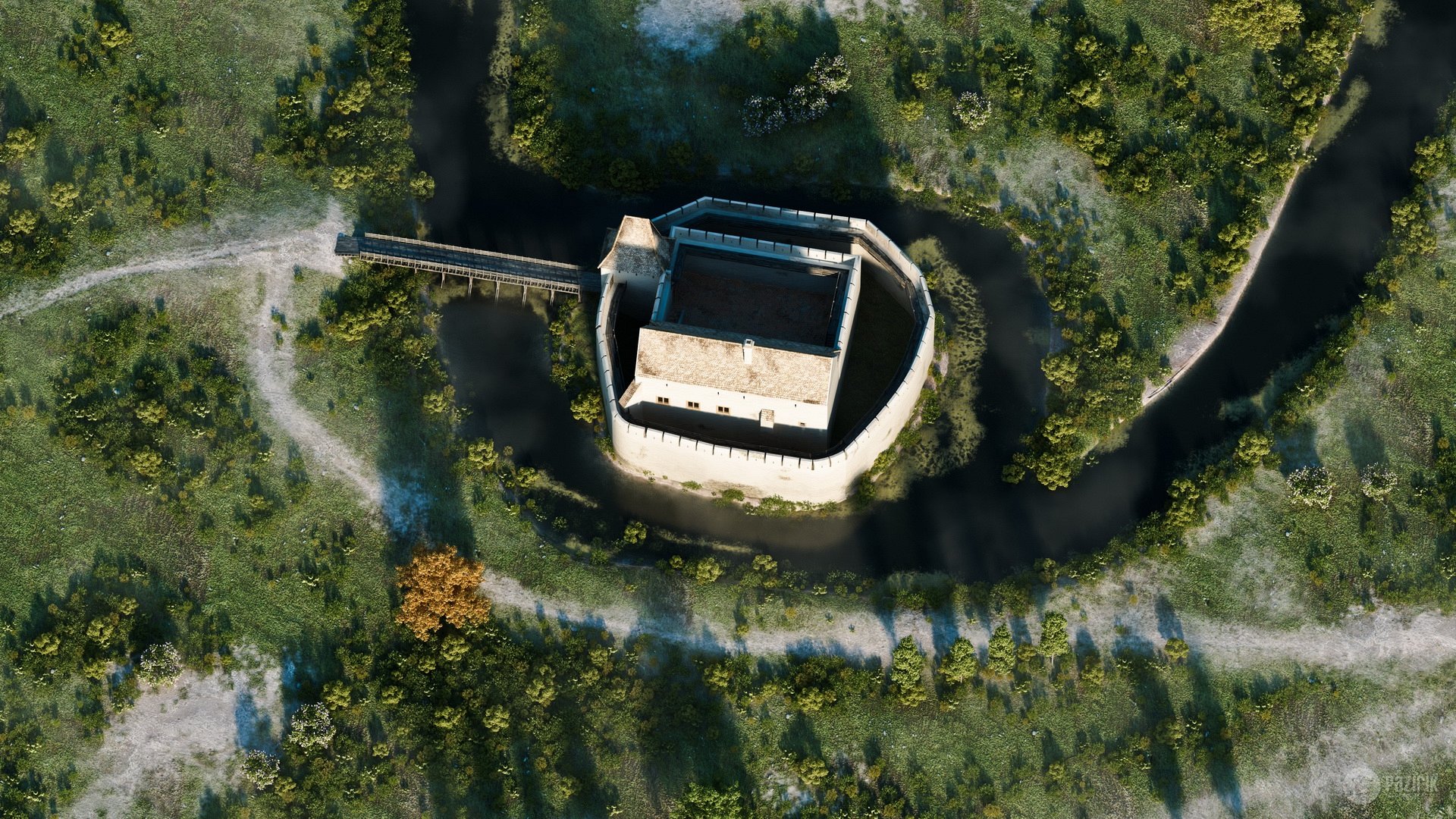
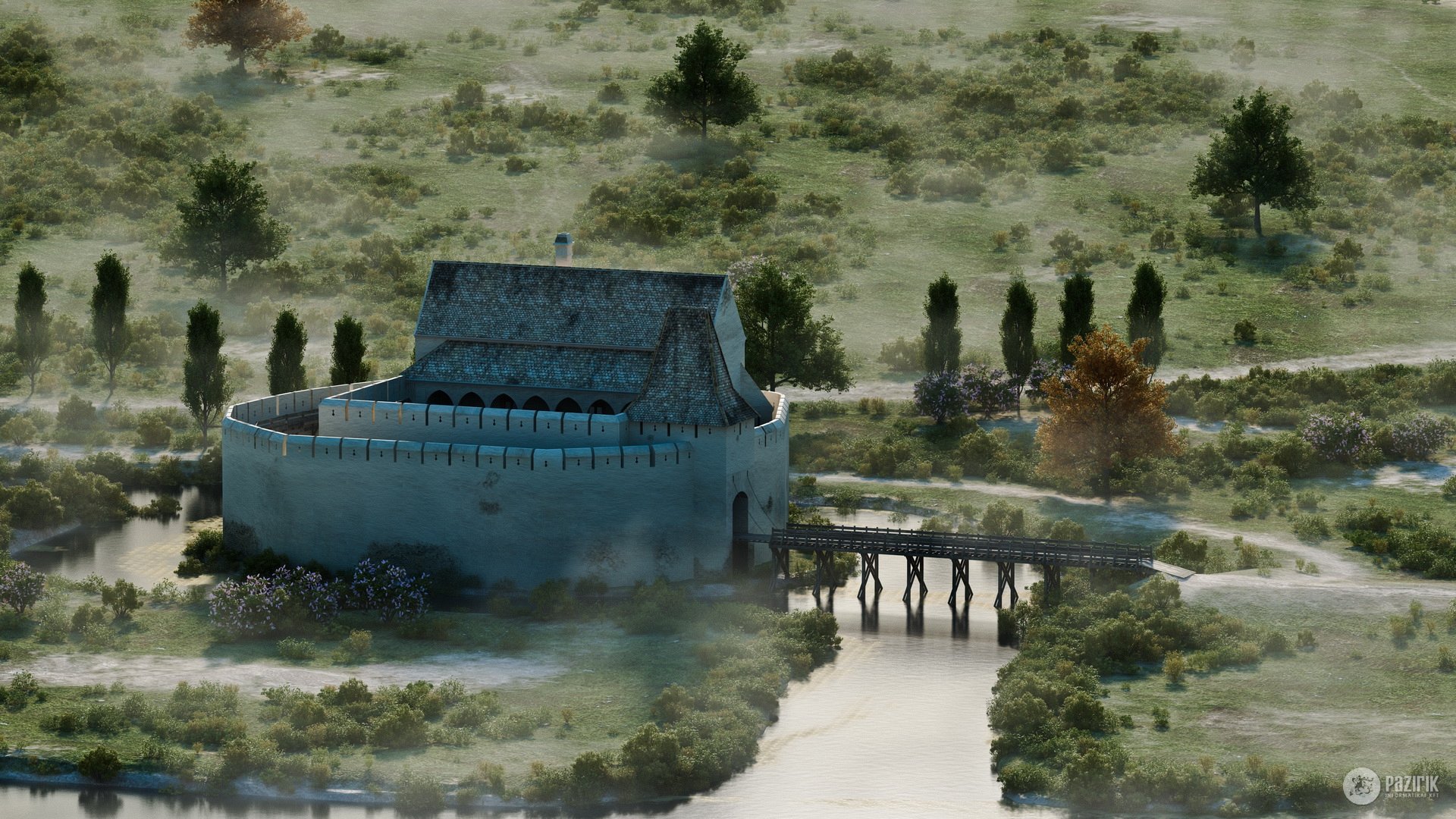
Simontornyai castle
Built on an island in the Sió River, the castle with its frequently changing owners in the earlier centuries of its history provides a typical example of the history of medieval private castles. The first castle here was built around 1280 by Simon from Döröcske, from whom the settlement got its name. This castle consisted of an old tower and a square courtyard surrounded by a wall. Later, the king gave it to Hencz’s son János, rector of Buda, from whom the Lackfis inherited it. They built the palace wing on one side of the courtyard. King Zsigmond confiscated the estates of the Lackfis who rebelled against him and donated them to the Kanizsais, from whom Pipo Ozorai later obtained them in exchange. After his death, the castle became the property of the Garai family. It was taken as a pledge from them by judge László Farkas from Buda in 1445, who carried out significant construction on it. The old tower and the gate next to it were demolished, and a new gate was opened on the other side of the castle instead. A Gothic loggia was erected in front of the palace wing, and the entire castle was surrounded by an outer wall belt. In 1482, after the extinction of the Garai family, Mátyás donated the castle to Queen Beatrix, and around 1500 it was given to Mózes Buzlay Gergellaki, master of the main door and chamberlain, who immediately began to rebuild it, which was completed in 1509. The new Renaissance old tower and gate tower, as well as the Renaissance loggia, were built. The northern palace wing and the chapel were completed at the same time in late Gothic style. In 1545, the castle fell into Turkish hands and became the seat of sanjac bey. In 1686, the Christian armies recaptured it, and then the new owner, Count Miksa Styrum Limburg, strengthened it between 1702-1704. It was occupied by the Kurucs in 1704, and was taken from them by siege in 1709 by the emperor’s troops. In 1717, the military abandoned it and its owners could use it again as a residence, and from 1764 it was only a granary.
The professional preparation of the reconstruction was carried out by Balázs Szőke. The XVI. century reconstruction of interiors was made with the professional preparation and assistance of Zsófia Lukács.

